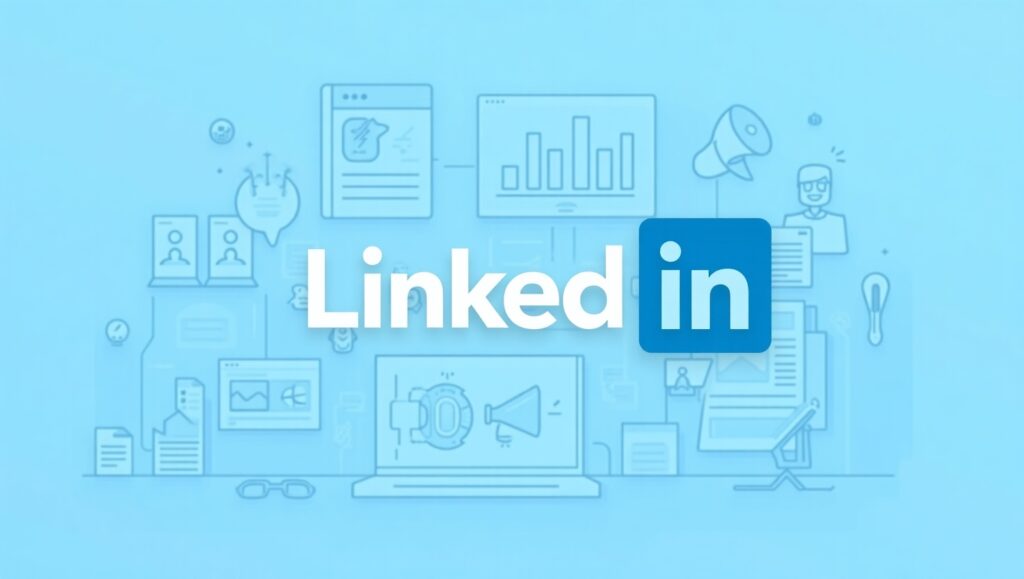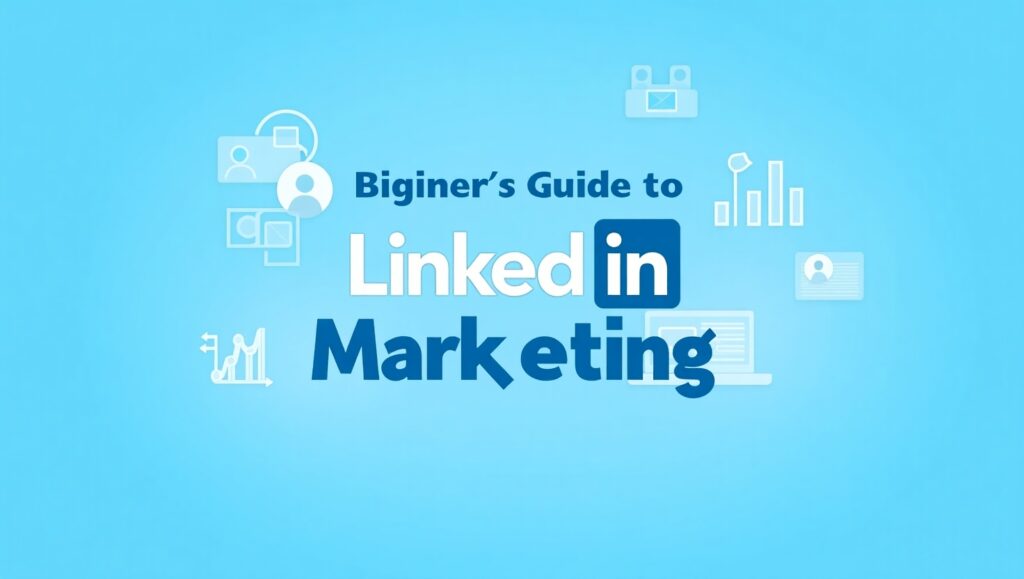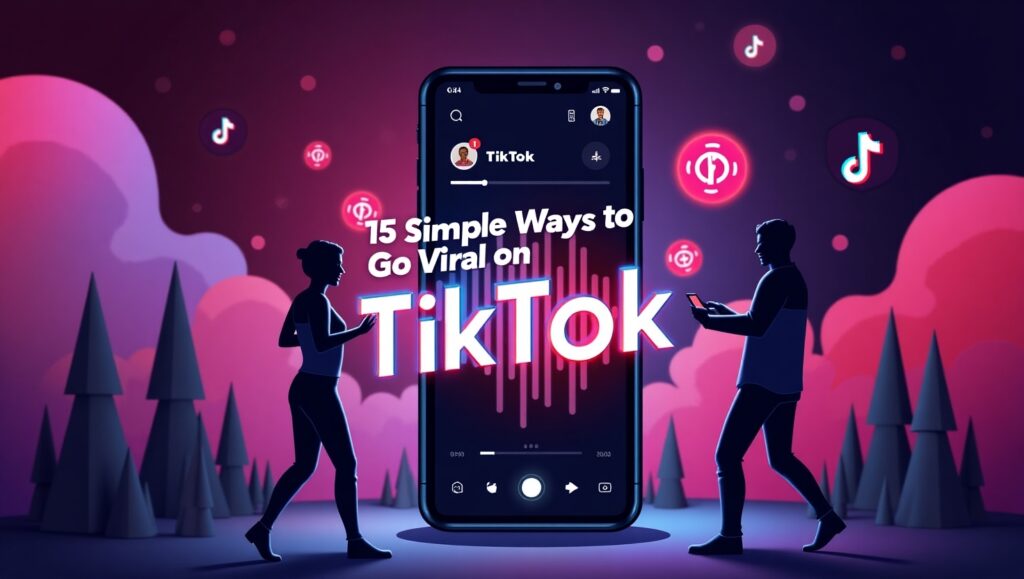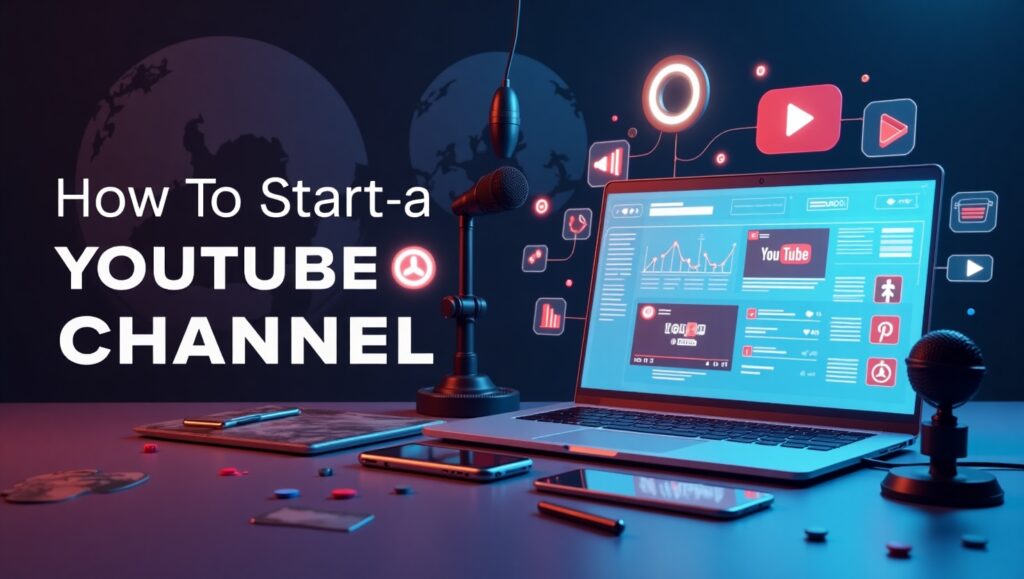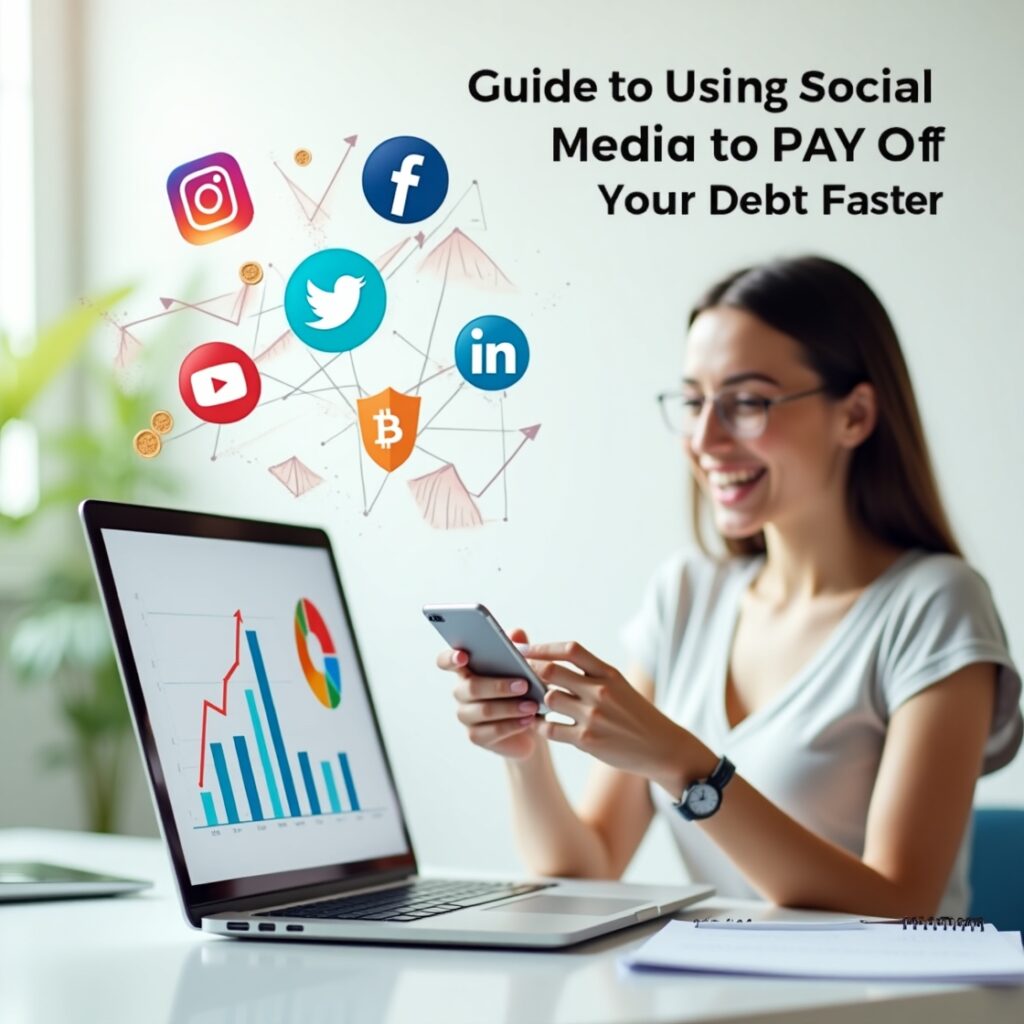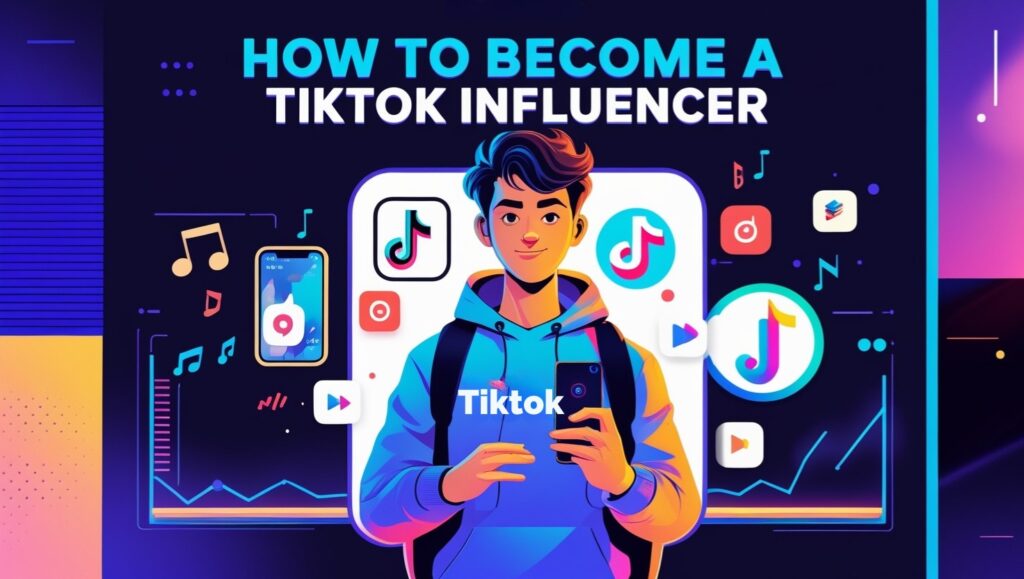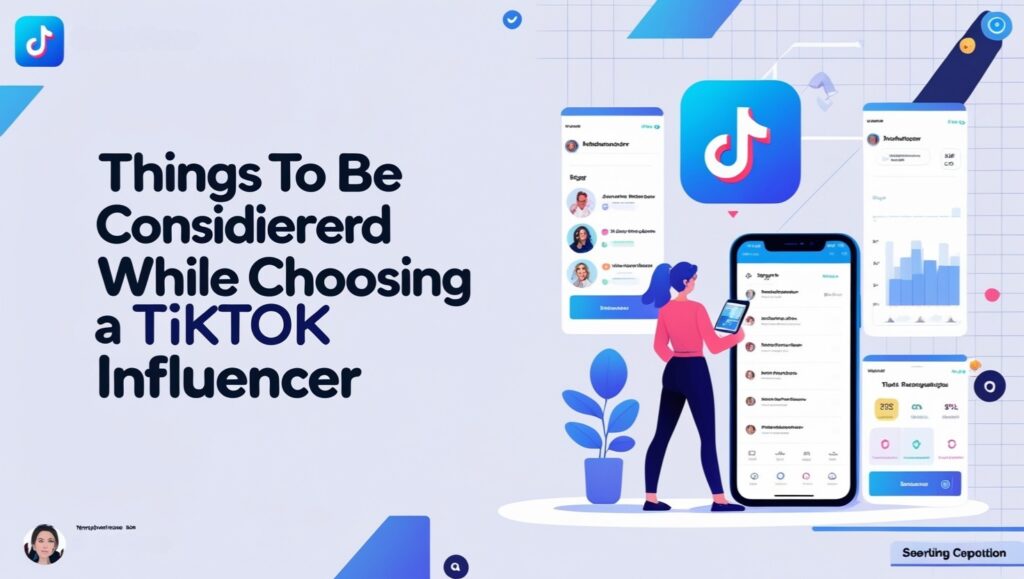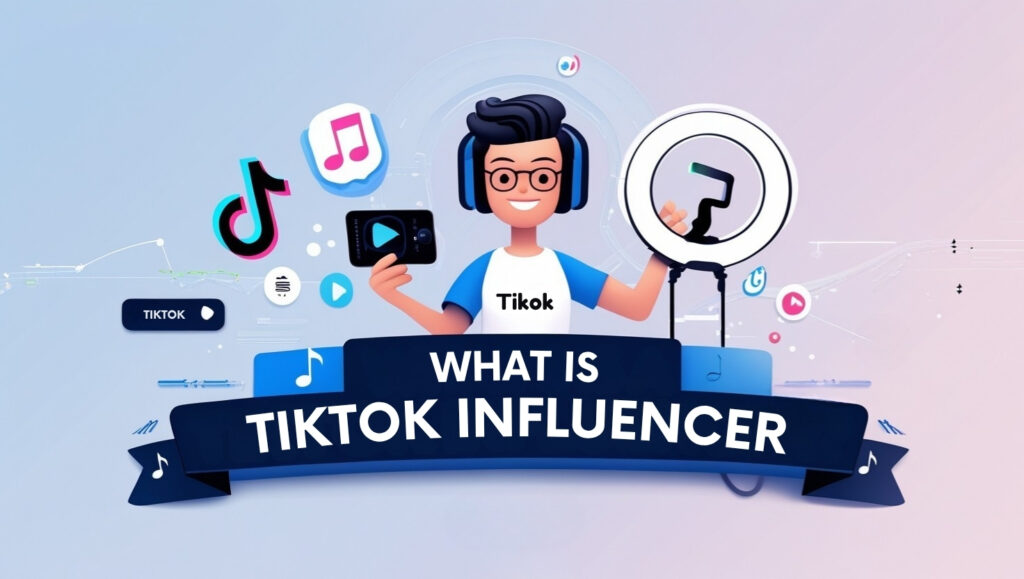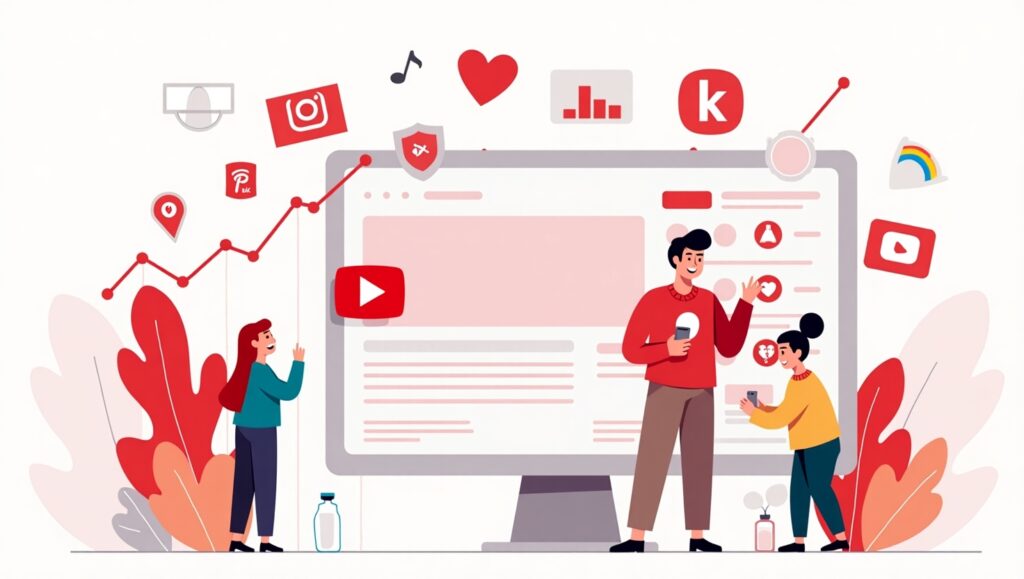What is LinkedIn Marketing?
In the digital age we live in today, social media channels have advanced far beyond just connecting people, they have become the modern-day tools for marketing and growing a business. LinkedIn is the leading social network for professional networking and B2B marketing. But what is LinkedIn marketing? How can businesses and individuals utilize it in order to build their presence, generate leads, and build authority? This article is going to be a Beginner’s Guide to LinkedIn Marketing and will break down the basics of LinkedIn marketing, its advantages, how to gain B2B leads on LinkedIn, as well as a look at other tools for LinkedIn that marketers can utilize. Understanding LinkedIn Marketing The practice of utilizing LinkedIn to promote a company, brand, good, or service is known as LinkedIn marketing.It entails producing and publishing content, establishing a professional network, publishing targeted adverts, interacting with industry professionals, and eventually, creating business opportunities. In contrast to other networks such as Instagram or Facebook, which emphasize consumer lifestyle, LinkedIn is professional. Hence, the audience is more business-focused — decision-makers, recruiters, CEOs, managers, and entrepreneurs. For business-to-business businesses, LinkedIn is a treasure trove. According to the information supplied by LinkedIn: Regardless of whether you’re a job candidate, business owner, small business, or corporate entity, mastering how to market effectively on LinkedIn can greatly improve your professional reputation and business results. Why Choose LinkedIn for Marketing? 1. High-Quality Audience The LinkedIn audience is very professional and highly targeted. This is especially beneficial for B2B marketers who need to reach decision-makers and stakeholders in particular industries. 2. Strong Organic Reach Unlike other platforms where you tend to have to pay to be seen, LinkedIn still has a high organic reach — particularly for individual profiles. Intelligent, regular posting can gain you exposure without advertising. 3. Trust and Credibility Individuals trust content on LinkedIn more since it is from professionals. If you post knowledge or value content, you establish trust and authority within your niche. 4. Lead Generation LinkedIn is great at producing high-quality leads, particularly when tools such as LinkedIn Lead Gen Forms or Sales Navigator are utilized. Key Components of LinkedIn Marketing 1. Profile Optimization Whether it’s your profile or a company page, your profile must be optimized. The more carefully considered the profile, the better. Use appropriate and professional headshots, good headlines, interesting summaries, and relevant keywords that align with your expertise or business. For example: Personal Headline: “Helping Startups Scale Through Growth Marketing | B2B Lead Generation Specialist” Company Page: “We provide small businesses digital marketing solutions that produce results.” 2. Posting Value Content is the most important part of LinkedIn marketing. You can post: You will get return on each post the more you post the less value you will get over time. 3. Network Building Connection building should be thought out. Instead of randomly adding everyone, connect with people who are in your niche or target market and who can add value to your goals. Engage with their content regularly to build a relationship. 4. Using LinkedIn Groups Join groups which are relevant to your industry. Participate in discussions, share your thoughts, and when appropriate promote your brand. 5. Start running ads There are various paid options available on LinkedIn, which include: LinkedIn advertising can be especially effective for lead generation and brand awareness within the B2B space. 6. Analytics and Performance Tracking LinkedIn provides analytics for posts, company pages, and ad campaigns. To improve your tactics, monitor data such as follower growth, click-through rates, engagement, and impressions. Guide to LinkedIn Marketing If you are starting fresh, here is how to get marketing with LinkedIn. Step 1: Identify Your Goals The goals you select will dictate your content and engagement approach. Step 2: Optimize Profile/Page Get your profile/page set up with some relevant keywords in your title and summary and upload a good quality photograph or logo, and add a call-to-action (CTA). Specify a CTA like “Visit our website” or “Let’s connect”. Step 3: Build a Content Calendar. Plan your content at least weekly or monthly. You will want to have a mix of informative posts, storytelling, curated industry news, and original articles. Consistency will create familiarity when you audience sees your work and fosters trust. Step 4: Engage Regularly You cannot just post and ghost! Respond to comments, join in conversations, congratulate people on achievements, and share other relevant content from others meaningfully. Step 5. Consider Paid Campaigns (Optional) Once you have built up a little organic traction you can dabble in paid ads. To find out what works best for your audience, start with a little budget. Best Practices for LinkedIn Marketing Common Mistakes to Avoid Conclusion LinkedIn is not only a job-searching site anymore; it’s a force to be reckoned with. When utilized strategically, it can assist you in creating a personal brand, creating quality leads, expanding your network, and becoming an expert in your field. This Beginner’s Guide to LinkedIn Marketing is meant to provide you with a clear foundation — but keep in mind, as with any platform, success on LinkedIn takes time, frequency, and genuine interaction. So begin to optimize, share, and network — your next opportunity can be one post away!

